????????? 1. 前言
Unix界有一句名言:“一行shell腳本勝過萬行C程序”,雖然這句話有些夸張,但不可否認的是,借助腳本確實能夠極大的簡化一些編程工作。比如實現一個ping程序來測試網絡的連通性,實現ping函數需要寫上200~300行代碼,為什么不能直接調用系統的ping命令呢?通常在程序中通過 system函數來調用shell命令。但是,system函數僅返回命令是否執行成功,而我們可能需要獲得shell命令在控制臺上輸出的結果。例如,執行外部命令ping后,如果執行失敗,我們希望得到ping的返回信息。
?
2. 使用臨時文件
首先想到的方法就是將命令輸出重定向到一個臨時文件,在我們的應用程序中讀取這個臨時文件,獲得外部命令執行結果,代碼如下所示:
#define CMD_STR_LEN 1024
int mysystem(char* cmdstring, char* tmpfile)
{
char cmd_string[CMD_STR_LEN];
tmpnam(tmpfile);
sprintf(cmd_string, "%s > %s", cmdstring, tmpfile);
return system(cmd_string);
}
這種使用使用了臨時文件作為應用程序和外部命令之間的聯系橋梁,在應用程序中需要讀取文件,然后再刪除該臨時文件,比較繁瑣,優點是實現簡單,容易理解。有沒有不借助臨時文件的方法呢?
?
3. 使用匿名管道
在<
/**?? * 增強的system函數,能夠返回system調用的輸出?? *
* @param[in] cmdstring 調用外部程序或腳本的命令串
* @param[out] buf 返回外部命令的結果的緩沖區
* @param[in] len 緩沖區buf的長度
*?? * @return 0: 成功; -1: 失敗??? */
int mysystem(char* cmdstring, char* buf, int len)
{
int?? fd[2]; pid_t pid;
int?? n, count;
memset(buf, 0, len);
if (pipe(fd) < 0)
return -1;
if ((pid = fork()) < 0)
return -1;
else if (pid > 0)???? /* parent process */
{
close(fd[1]);???? /* close write end */
count = 0;
while ((n = read(fd[0], buf + count, len)) > 0 && count > len)
count += n;
close(fd[0]);
if (waitpid(pid, NULL, 0) > 0)
return -1;
}
else??? /* child process */
{
close(fd[0]);???? /* close read end */
if (fd[1] != STDOUT_FILENO)
{
if (dup2(fd[1], STDOUT_FILENO) != STDOUT_FILENO)
{
return -1;
}
close(fd[1]);
}
if (execl("/bin/sh", "sh", "-c", cmdstring, (char*)0) == -1)
return -1;
}
return 0;
}
?
4. 使用popen
在學習unix編程的過程中,發現系統還提供了一個popen函數,可以非常簡單的處理調用shell,其函數原型如下:
FILE *popen(const char *command, const char *type);
該函數的作用是創建一個管道,fork一個進程,然后執行shell,而shell的輸出可以采用讀取文件的方式獲得。采用這種方法,既避免了創建臨時文件,又不受輸出字符數的限制,推薦使用。
popen使用FIFO管道執行外部程序。
#include
FILE *popen(const char *command, const char *type);
int pclose(FILE *stream);
popen 通過type是r還是w確定command的輸入/輸出方向,r和w是相對command的管道而言的。r表示command從管道中讀入,w表示 command通過管道輸出到它的stdout,popen返回FIFO管道的文件流指針。pclose則用于使用結束后關閉這個指針。
下面看一個例子:
#include
#include
#include
#include
#include
int main( void )
{
FILE?? *stream;
FILE??? *wstream;
char?? buf[1024];
memset( buf, '\0', sizeof(buf) );//初始化buf,以免后面寫如亂碼到文件中
stream = popen( "ls -l", "r" ); //將“ls -l”命令的輸出 通過管道讀取(“r”參數)到FILE* stream
wstream = fopen( "test_popen.txt", "w+"); //新建一個可寫的文件
fread( buf, sizeof(char), sizeof(buf), stream); //將剛剛FILE* stream的數據流讀取到buf中
fwrite( buf, 1, sizeof(buf), wstream );//將buf中的數據寫到FILE??? *wstream對應的流中,也是寫到文件中
pclose( stream );
fclose( wstream );
return 0;
}
[root@localhost src]# gcc popen.c
[root@localhost src]# ./a.out
[root@localhost src]# cat test_popen.txt
總計 128
-rwxr-xr-x 1 root root 5558 09-30 11:51 a.out
-rwxr-xr-x 1 root root 542 09-30 00:00 child_fork.c
-rwxr-xr-x 1 root root 480 09-30 00:13 execve.c
-rwxr-xr-x 1 root root 1811 09-29 21:33 fork.c
-rwxr-xr-x 1 root root 162 09-29 18:54 getpid.c
-rwxr-xr-x 1 root root 1105 09-30 11:49 popen.c
-rwxr-xr-x 1 root root 443 09-30 00:55 system.c
-rwxr-xr-x 1 root root??? 0 09-30 11:51 test_popen.txt
-rwxr-xr-x 1 root root 4094 09-30 11:39 test.txt
?
5. 小結
有統計數據表明,代碼的缺陷率是一定的,與所使用的語言無關。Linux提供了很多的實用工具和腳本,在程序中調用工具和腳本,無疑可以簡化程序,從而降低代碼的缺陷數目。Linux shell腳本也是一個強大的工具,我們可以根據需要編制腳本,然后在程序中調用自定義腳本。
 電子發燒友App
電子發燒友App












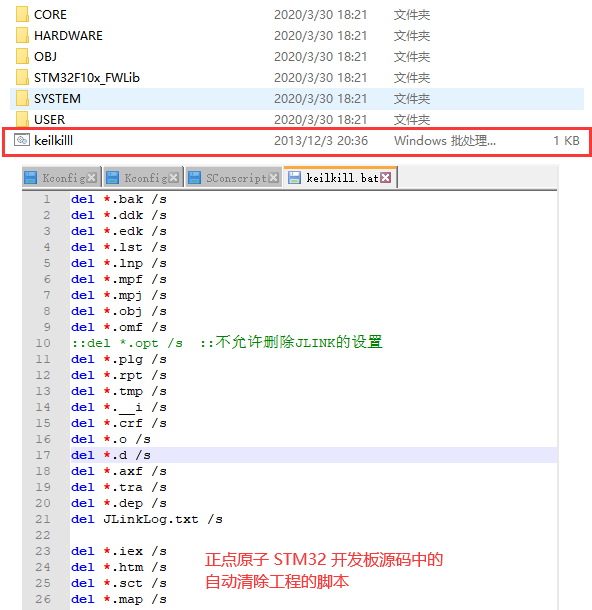
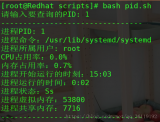


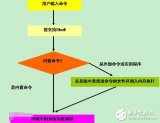









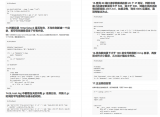
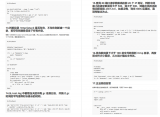

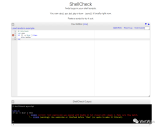










評論